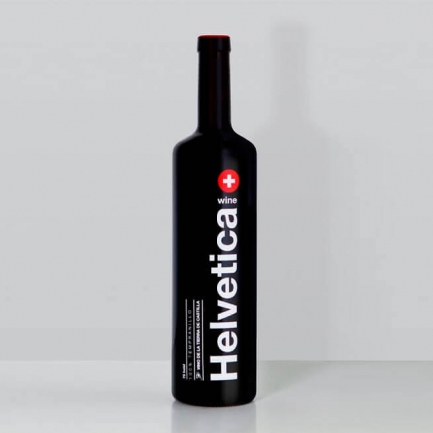In the world of design it is easy for some terms to overlap. This is the case of visual identity and branding, two concepts that may seem similar, but that are not the same at all.
Visual identity: What we see.
When we talk about visual identity in design, we refer to a combination of elements such as the logo, colors or fonts, applied to certain pieces such as business cards, brochures, websites, email signature,s uniforms...

Corporate stationery for CENIE (International Centre on Ageing)
If we simplify it even more, we could say that visual identity is what you can see of a brand. It is governed by the Identity Manual, a vital document for any company, which contains the basic rules for applying the trademark.
The objective of visual identity must always be to convey the essence and values of the brand in a clear and coherent way.
An example of a successful visual identity
To understand it better let's think of a brand recognized and recognizable by anyone - Apple. Its visual identity is not only its icon of an apple, it is also the design of its packaging, the decoration of its stores, its website, its ads.
Everything that is related to the brand and is perceived by the eye, is part of your visual brand identity. If you look closely, everything that is part of Apple's visual identity is in line.
It's like we're watching a concert in which each instrument plays its note and to create the perfect melody.
The use of color, space, images... even the designs of your products follow the same line.
 Apple Store
Apple Store
It is not only that the visual identity of a brand manages to connect us with the brand itself, but it allows us to recognize it in an almost organic way. Go to any Apple store in the world and you'll know you're in one. Its brand identity makes it familiar and meaningful.
The design team that creates a visual identity around a brand works to ensure that the perception of the customer is as close as possible to the essence, context and emotions of that brand. Using any kind of visual language they manage to make tangible the intangible.
Branding: The construction of the brand
As with any action related to design and marketing, branding has an important emotional part that seeks to make the consumer feel something specific. Although the term branding refers to the process of defining and building the image of a brand as a whole , it also seeks to develop a set of attributes and values that the end consumer perceives as unique and coherent.
A branding strategy ranges from naming and brand architecture to creating the logo and all the visual identity. This process encompasses tangible elements such as brand colors, and other intangibles such as values and attributes that tell our customers what our brand represents.
So we can say that visual identity is a part of branding.
The actions that are included in a branding process have the ability to influence the value of our brand and build it with a unique personality. A good branding strategy allows not only to position our brand in the market but also in the head of consumers and helps to create a prestige associated with the value of the products or services we offer.

Details of the Visual Identity created for Bocademia (a new concept of the franchise of Bocademia).
The perception that they have of us in any aspect included in branding is vital for the consumer to end up choosing our brand.
That is why it is important to walk this path with the help of professional branding experts and a team of designers who manage to transfer these emotions to the most physical part of a brand. If you have doubts or think we can help you achieve this, write to us, we will be happy to be part of this process.




